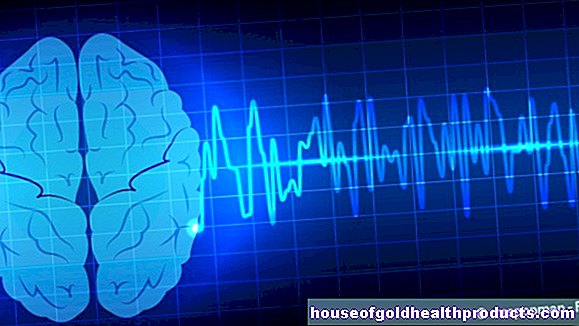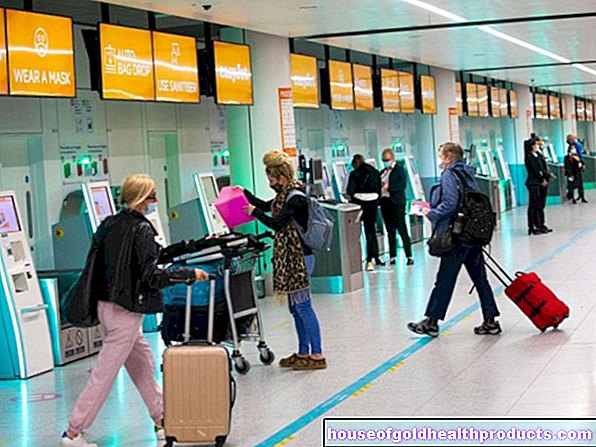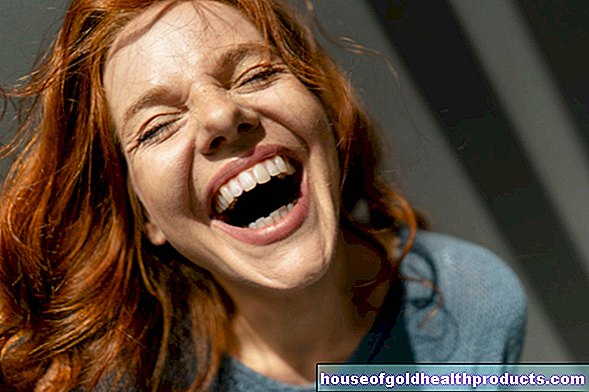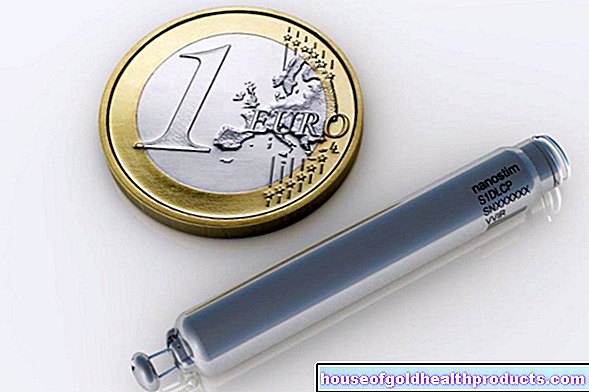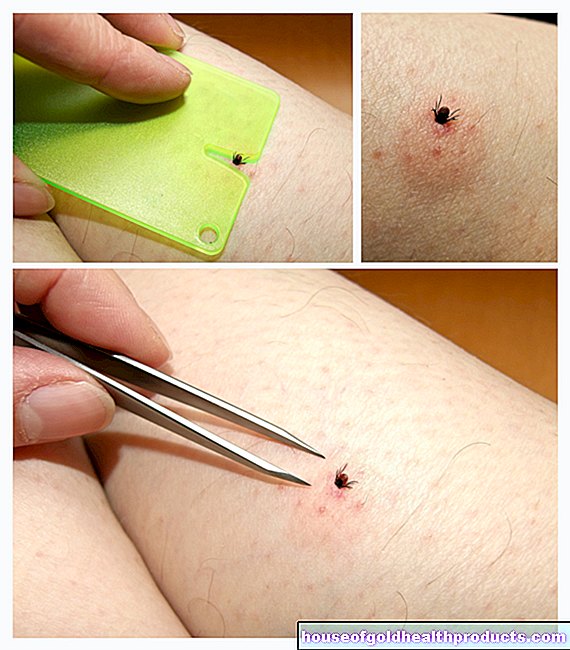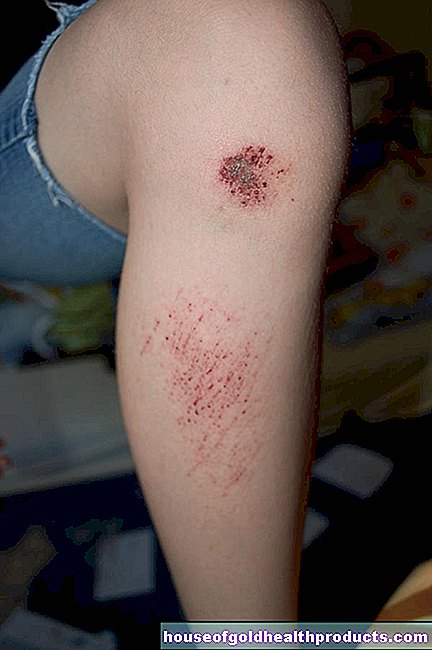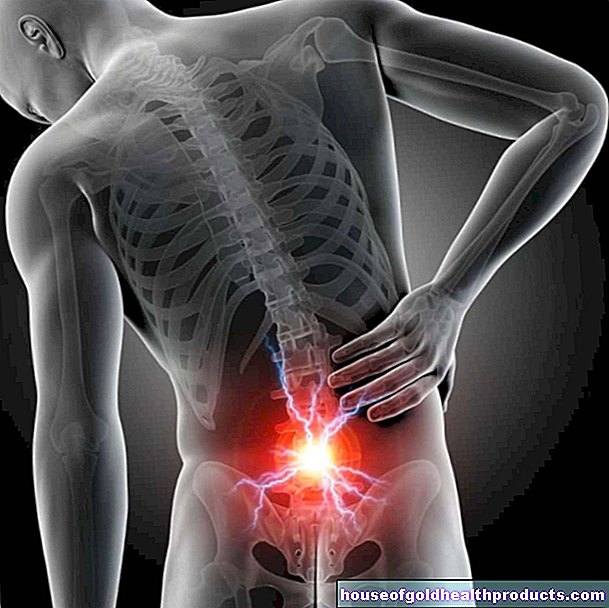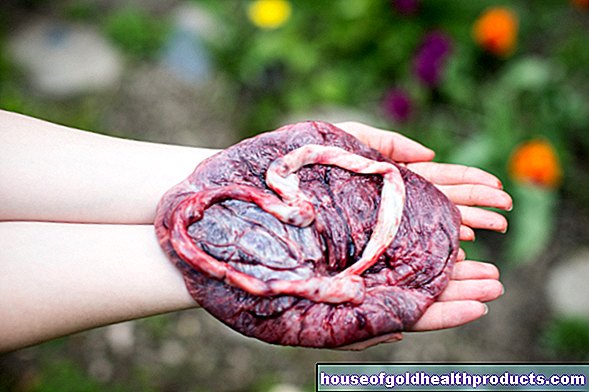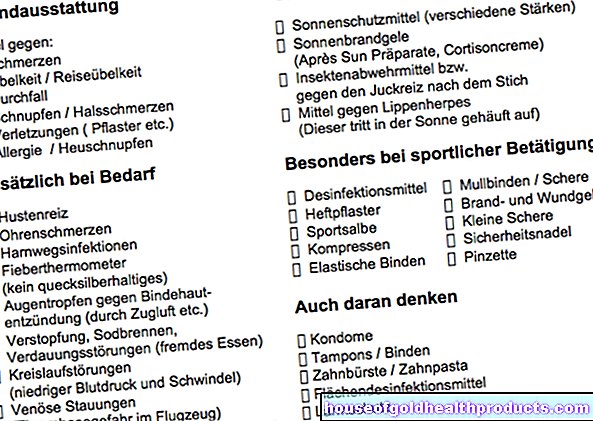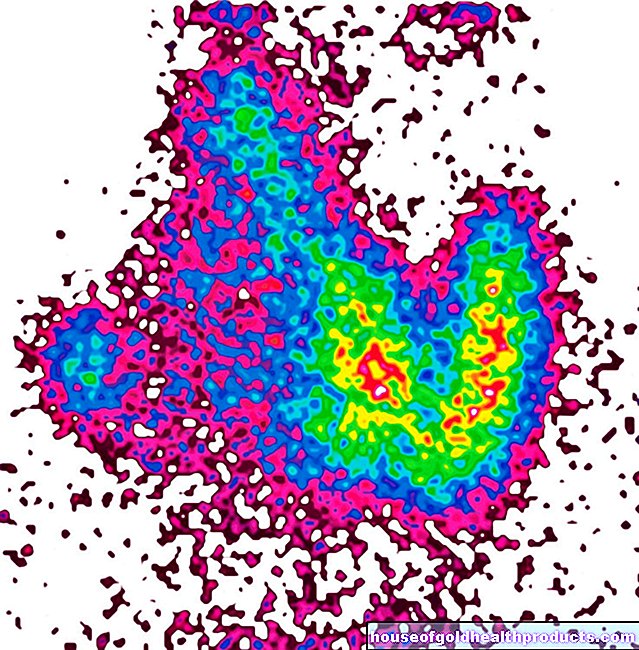Visual disturbances after stroke: healing with new therapy
All content is checked by medical journalists.MunichBrain damage, for example from a stroke, can severely impair spatial vision. Patients have problems reaching for objects, estimating distances or climbing stairs. A new therapy aims to improve vision in 3-D again.
Six week vision training
In order to test the effectiveness of the novel treatment approach, scientists from Saarland University recruited 24 test persons who suffered from visual disturbances. Eleven of them were stroke patients, nine had previously suffered a traumatic brain injury.In four other participants, certain areas of the brain were damaged because they were poorly supplied with oxygen.
In order to train the patients' spatial vision, the researchers presented the participants with two images, slightly offset to the side. It was the task of the study participants to combine these images into a single image. You can do this with a slight squint: the eyes move towards the nose, whereby the images remain in the field of vision. Over time, the two images "merge" into a single image that appears three-dimensional.
Visual performance almost returns to normal
Over a period of six weeks, the participants regularly trained to see in 3-D. The result: everyone's visual performance improved - in some cases even to an almost normal level. The effect lasted for a long time: "Even with two follow-up examinations after three and six months, the results remained stable," explains psychologist Anna Katharina Schaadt. In addition, the visual resilience of the study participants improved. Instead of 20 minutes, as at the beginning of the study, they were able to work on the computer for a total of up to three hours. The results showed that certain areas of the brain can be reactivated by appropriate therapy even after damage.
Exerting sight
Spatial vision is possible because the brain combines the two slightly offset images that are perceived through the two eyes into a single overall image. This so-called binocular fusion is a basic requirement for the three-dimensional impression of depth. If this principle does not work, for example because the brain no longer puts the images together correctly due to a stroke or a traumatic brain injury, those affected suffer from partial or complete stereo-blindness. The world looks two-dimensional like in a photo. Sick people often perceive their environment after a short visual effort only blurred or in double images. The result is headache or increased intraocular pressure. Experts refer to this form of visual disorder as a binocular fusion disorder.
Around 20 percent of all stroke patients and 50 percent of people who suffer a traumatic brain injury are affected. “As a rule, patients are severely restricted in their everyday and professional life,” says Schaadt. Climbing stairs or walks over uneven ground can quickly become a stumbling block. It is all the more important to restore visual performance as well as possible. (jb)
Sources:
A.-K., Schaadt et al. Perceptual Relearning of Binocular Fusion After Hypoxic Brain Damage: Four Controlled Single-Case Treatment Studies. US National Library of Medicine National Institute of Health.
A.-K., Schaadt et al. Perceptual relearning of binocular fusion and stereoacuity after brain injury: a follow-up study. US National Library of Medicine National Institute of Health.
Tags: menshealth Diagnosis fitness



